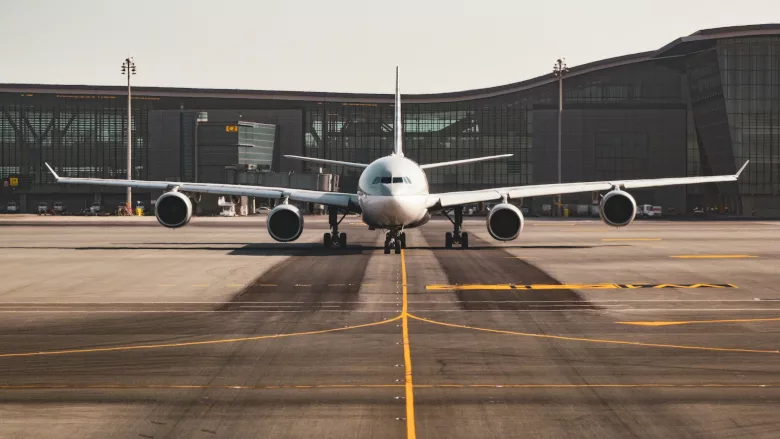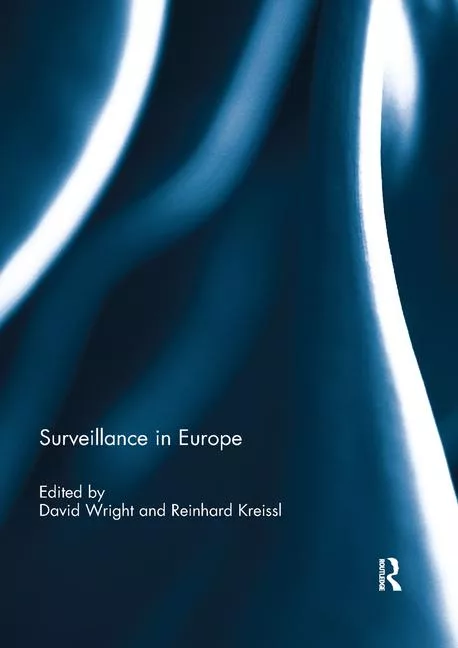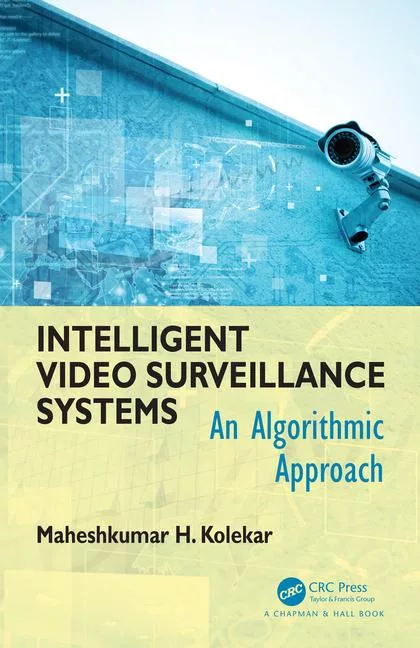Integrating Mass Notification with Video Surveillance in Airports

Bao Menglong via Unsplash
Airports are hives of constant activity. Thousands of people pass through them daily, which is logistically challenging for several reasons, particularly regarding safety. Safety covers a gamut of scenarios, not just mass emergencies. It also includes smaller-scale situations like slipping hazards, fallen persons, unauthorized vehicles and more.
Today’s airports need three key capabilities from their overarching communication and security solution: 1) detect potential or active problems, 2) notify the right people instantly and effectively, and 3) manage incidents to a successful resolution. Achieving those goals requires a robust solution that includes a mass notification system, video surveillance, and a central software platform to automate announcements and response plans. The seamless integration of these systems can enhance situational awareness, improve response times, and provide real-time information to facility personnel and the public.
Integration Benefits
Many mass notification systems offer zoned paging, which allows for targeted information delivery to impacted areas. However, the unique advantage of combining video surveillance data with mass notification is the ability to tailor information to different groups of people. This is due to the additional information that video provides, such as the need for passengers in a specific terminal to evacuate through a designated exit, or for staff in another area to secure sensitive equipment.
Effective communication is crucial during emergencies, and integrating these systems enhances the clarity and effectiveness of messages. Video footage can be used to verify the nature and extent of an incident, allowing for more accurate and context-specific notifications. Furthermore, integrating these systems can improve coordination among different agencies and stakeholders. Airports often involve multiple entities, including transportation authorities, emergency responders, and law enforcement agencies. Security personnel can share real-time video feeds with emergency responders, helping them assess the situation more accurately and plan their actions accordingly. This coordinated approach can significantly enhance the overall efficiency and effectiveness of emergency responses.
Integration Challenges
Integrating mass notification with video surveillance in airports is a complex task, with interoperability emerging as a crucial factor. The use of multiple vendors and products for security and communication needs in airports underscores the necessity for these systems to seamlessly work together. This demands meticulous planning, robust technical support, and regular maintenance to ensure compatibility and functionality. A vetted ecosystem partner plays a key role — these are companies or technology providers that have been thoroughly evaluated and approved for integration into larger security systems. Their products and technologies are rigorously tested to ensure seamless interaction with other system components, they have a proven track record of consistent performance and dependability, and their solutions are designed to function harmoniously within the broader system, enabling smooth communication and coordination.
The effectiveness of mass notification systems hinges on the clarity and accuracy of messages. During emergencies, the potential for confusion and misinformation is high, and there is limited time to craft accurate, detailed messages. However, the use of pre-scripted messages for different scenarios that can be quickly customized and disseminated, along with regular training and drills, provides security and operational personnel with confidence and familiarity using the system and allows them to operate it effectively under pressure.
Airports must also balance the need for advanced security measures with budget constraints. While the initial investment in integrated systems can be significant, the long-term benefits of enhanced security, improved emergency response, and potentially saved lives can justify the expenditure. Additionally, there may be opportunities for funding or grants from government agencies or security programs aimed at enhancing public safety.
Enhancing Video Surveillance with AI
In airports, surveillance cameras are plentiful and strategically placed to cover critical areas such as entrances, exits, ticket counters, baggage claim, gates, retail tenants, and restricted areas. However, a limitation of traditional video surveillance is the human factor. Constantly scanning a multitude of cameras, like in a security operations center, can lead to fatigue, slow response times, and mistakes. By leveraging artificial intelligence and machine learning technologies, transportation staff can turn a reactive archiving system of security cameras into a proactive detection system, significantly reducing the vulnerability to potential threats without adding additional headcount.
By combining revolutionary AI technology with existing camera infrastructure, airports can deploy a solution that guards against day-to-day risks, including slip and fall hazards, trespassing, and unauthorized vehicles, as well as more critical incidents such as weapon detection and violent acts. These systems are not just efficient but also adaptive. They autonomously scan for hazards without succumbing to boredom, fatigue, or distraction and continue to learn and refine their data sets of risk identification. This adaptability ensures that the system’s performance improves over time, providing long-term benefits to the airport. Once a risk is identified, these detection systems can initiate pre-programmed notification processes to the central software platform for immediate action.
The Right Message to the Right People at the Right Time
The value of a comprehensive security and communication solution in airports cannot be overstated. It is mission-critical in a venue that can house thousands of people at any time. The goal of the solution is to get the right message to the right person or people at the right time, whether it be information about arrivals and departures, notification of an unattended bag, or evacuation instructions in an emergency.
Integrating mass notification with video surveillance and a centralized software platform represents a significant advancement in enhancing public safety and security. This integration provides numerous benefits, including improved situational awareness, faster responses, tailored communications, and better coordination among agencies. Integration with other airport systems, like signage, can further enhance the passenger experience, compliance, and safety.
The advantages of a well-integrated system far outweigh the drawbacks. As technology evolves, airports can leverage these advancements to create safer environments for passengers and staff, ultimately contributing to more secure and resilient public spaces.
Looking for a reprint of this article?
From high-res PDFs to custom plaques, order your copy today!









